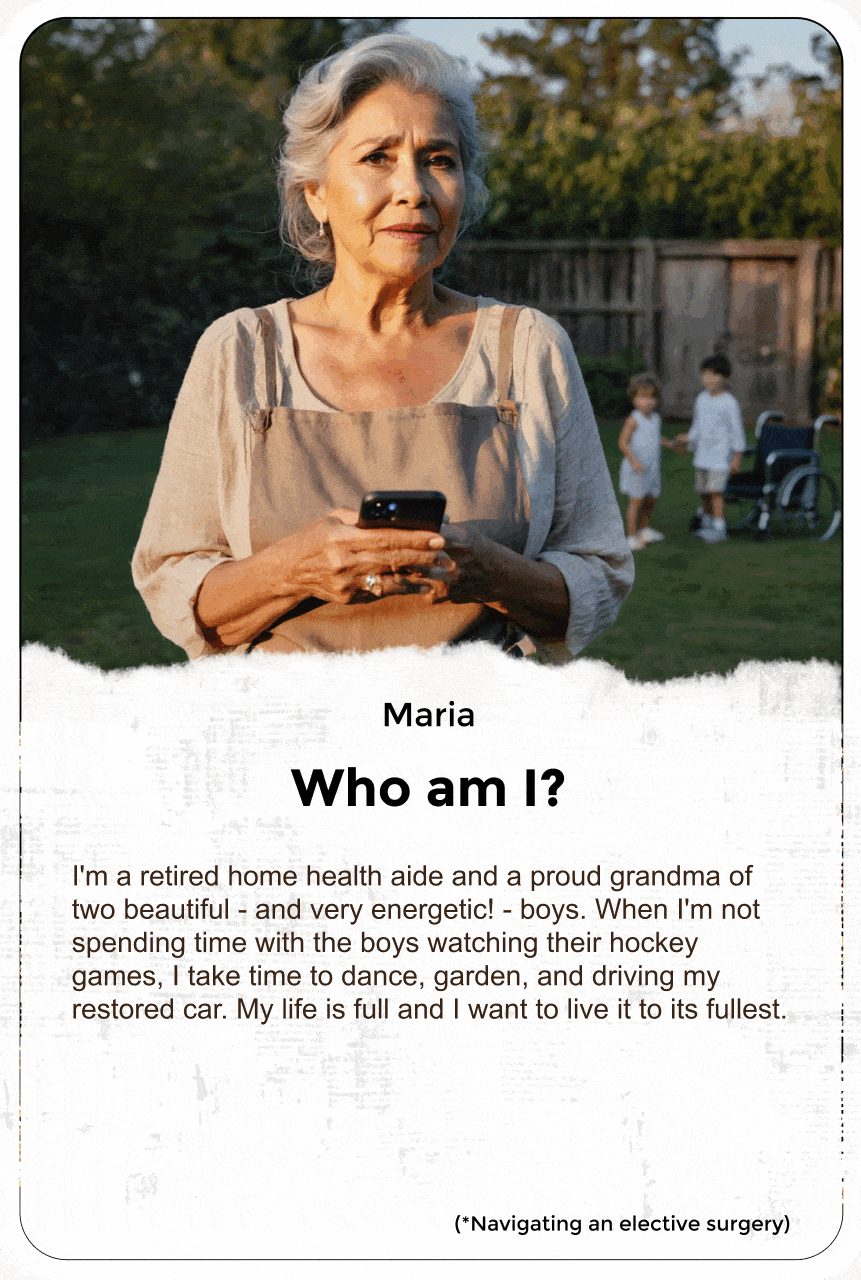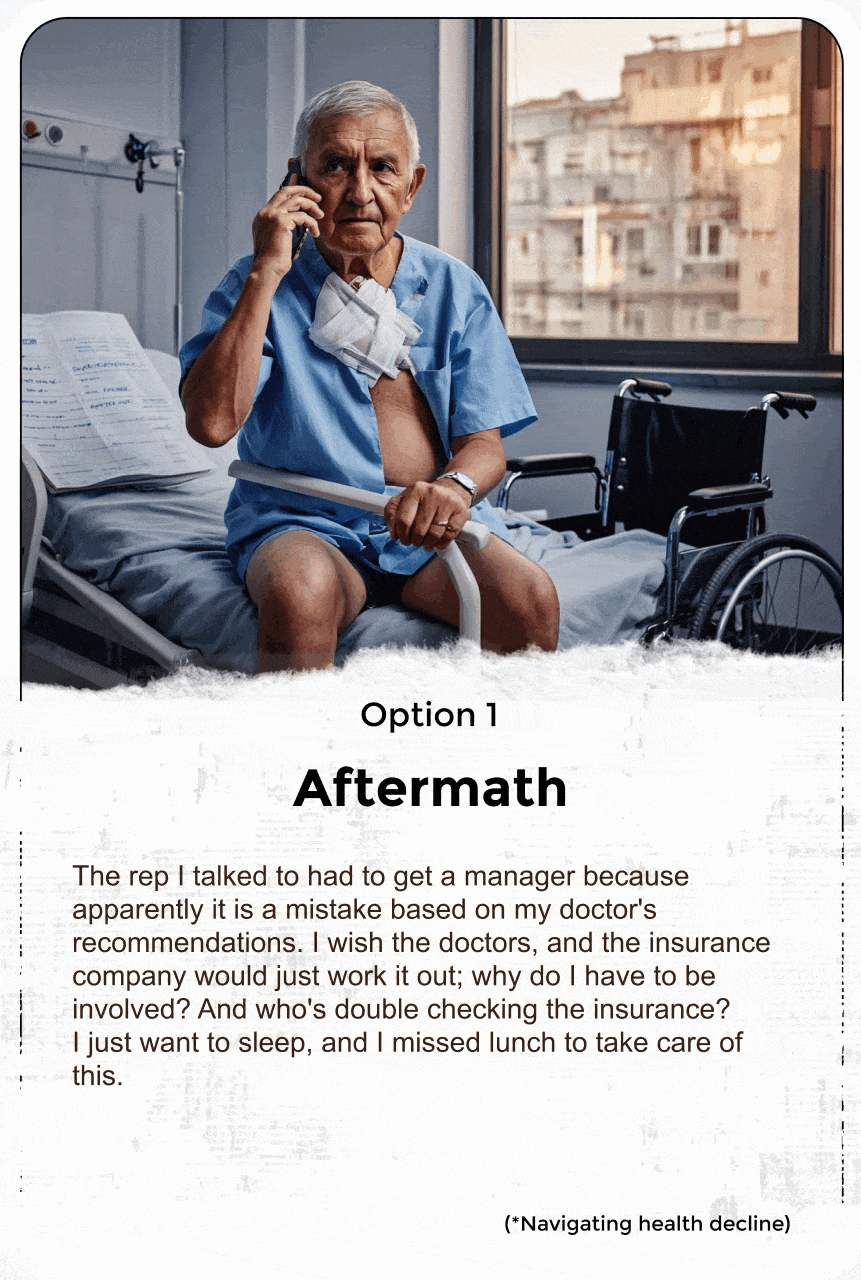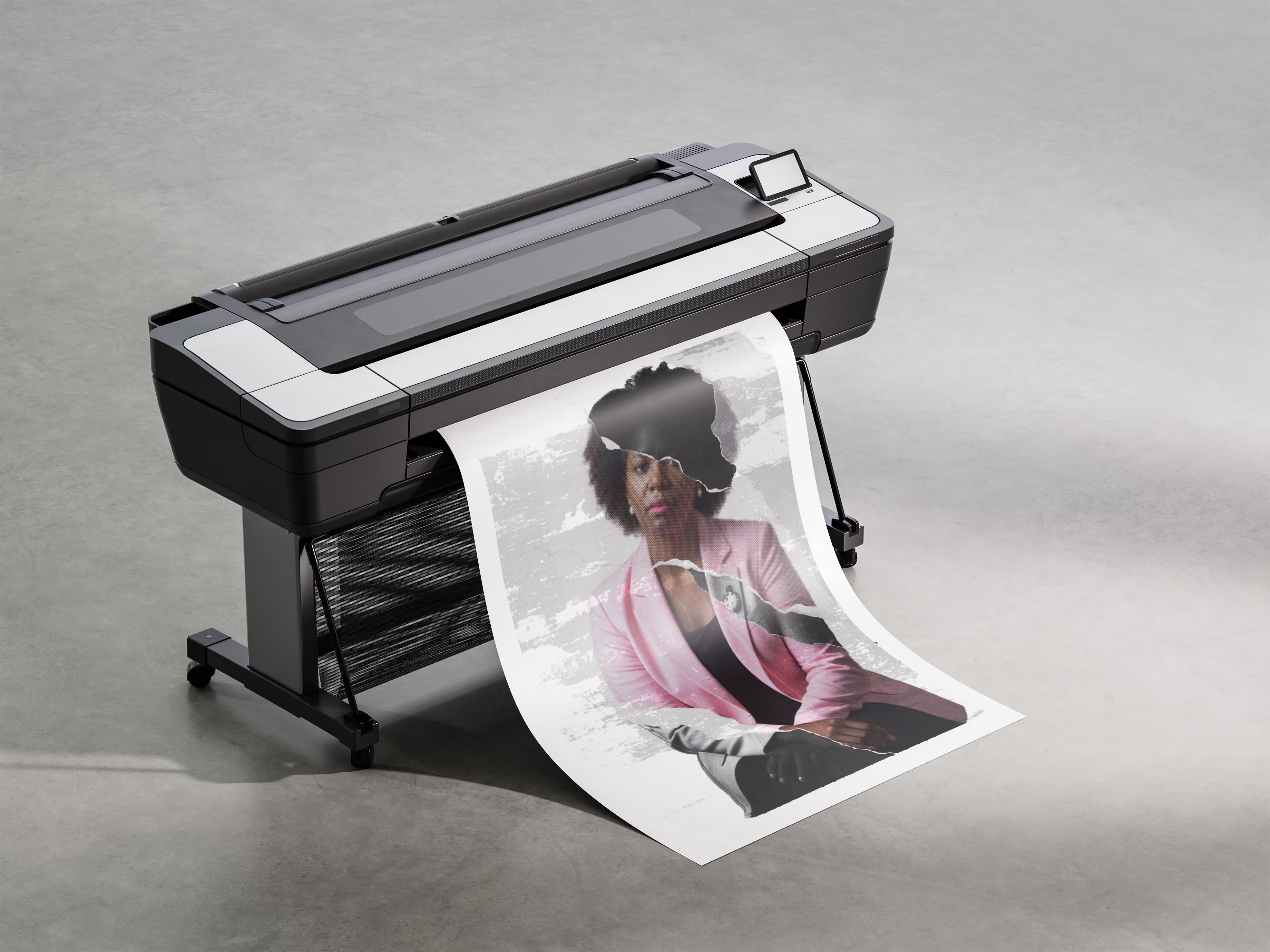
In late 2020, Blue Cross Blue Shield of Michigan began building an internal Design Thinking team. A year later, their Operations Lead reached out to let me know the team was expanding and invited me to join.
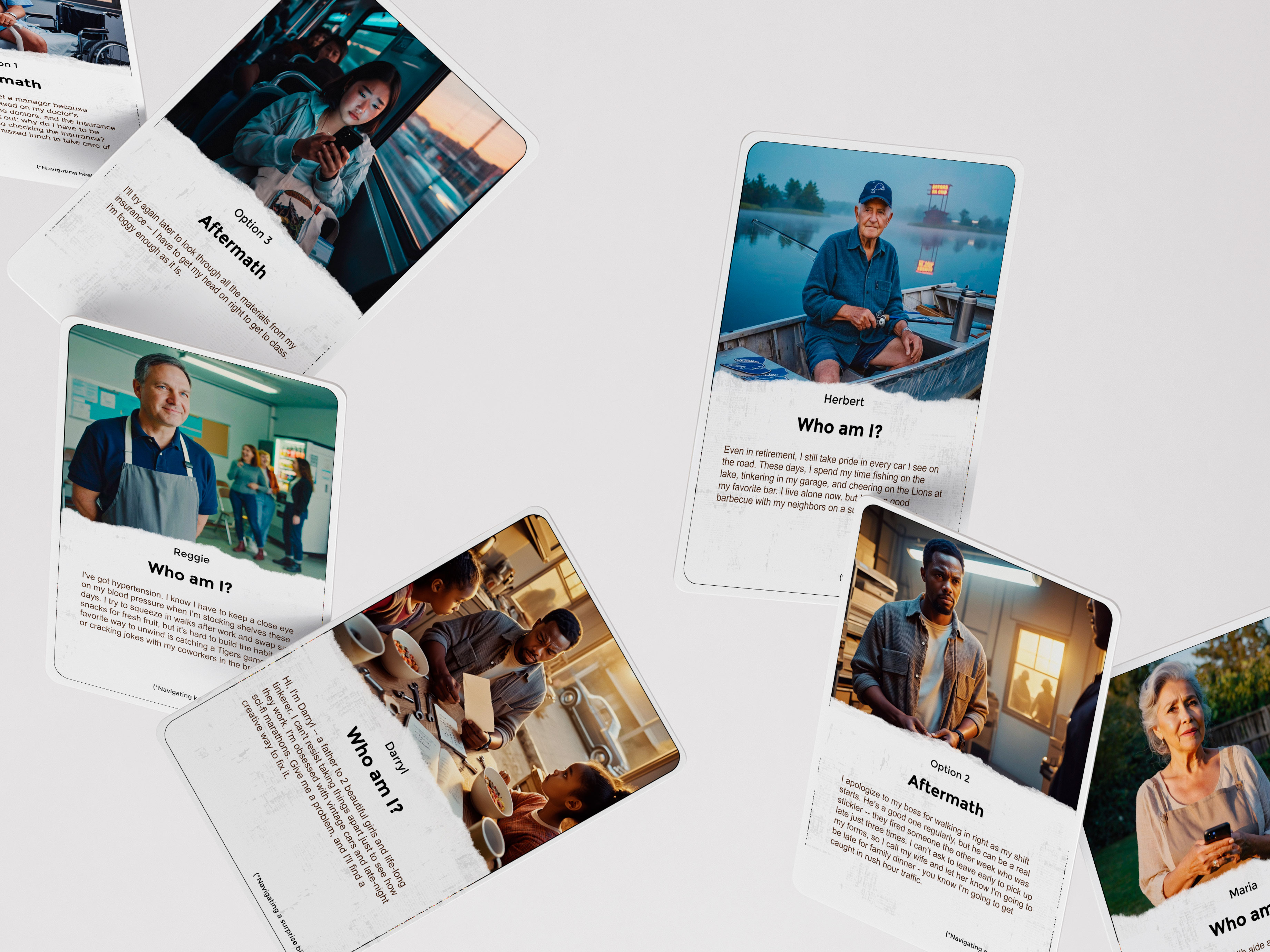
Our mission? Envision innovative solutions, re-imagine stakeholder experiences, and co-create high-value strategies services, products, and process with our business partners to serve our members and BCBSM.
I collaborated with a team of service designers to create immersive experiences that combined data-driven narratives, infographic dashboards, and strategic blueprints. These tools guided stakeholders through real member stories, transforming synthesized research into empathetic, human-centered insights.
Surface critical member frustrations (billing confusion, appointment hurdles, care coordination, etc.) through narrative storytelling.
Transform qualitative and quantitative research into clear, compelling visuals that highlight patterns at a glance.
Expose gaps in current and future-state processes to spark high-value improvements.
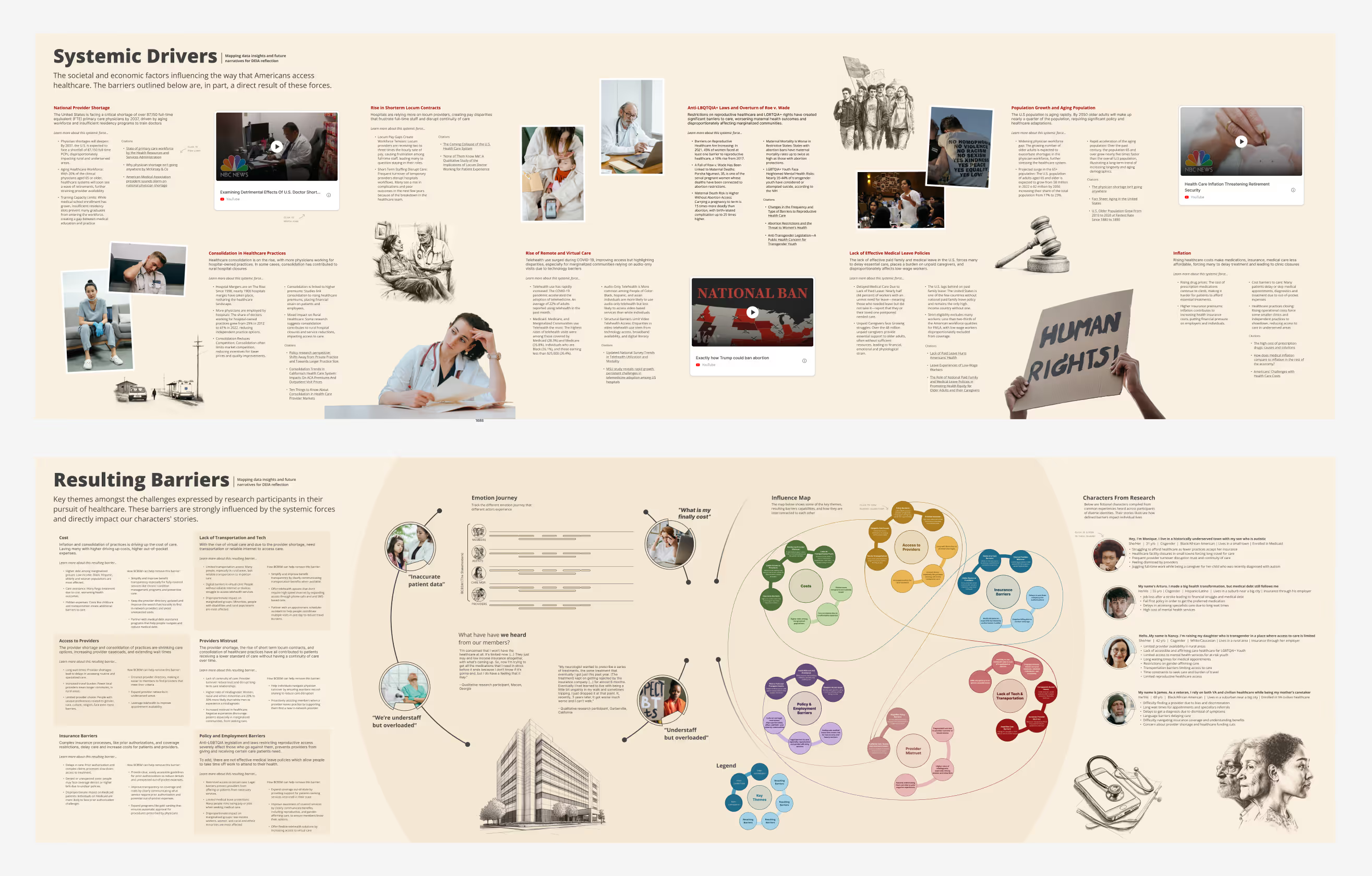
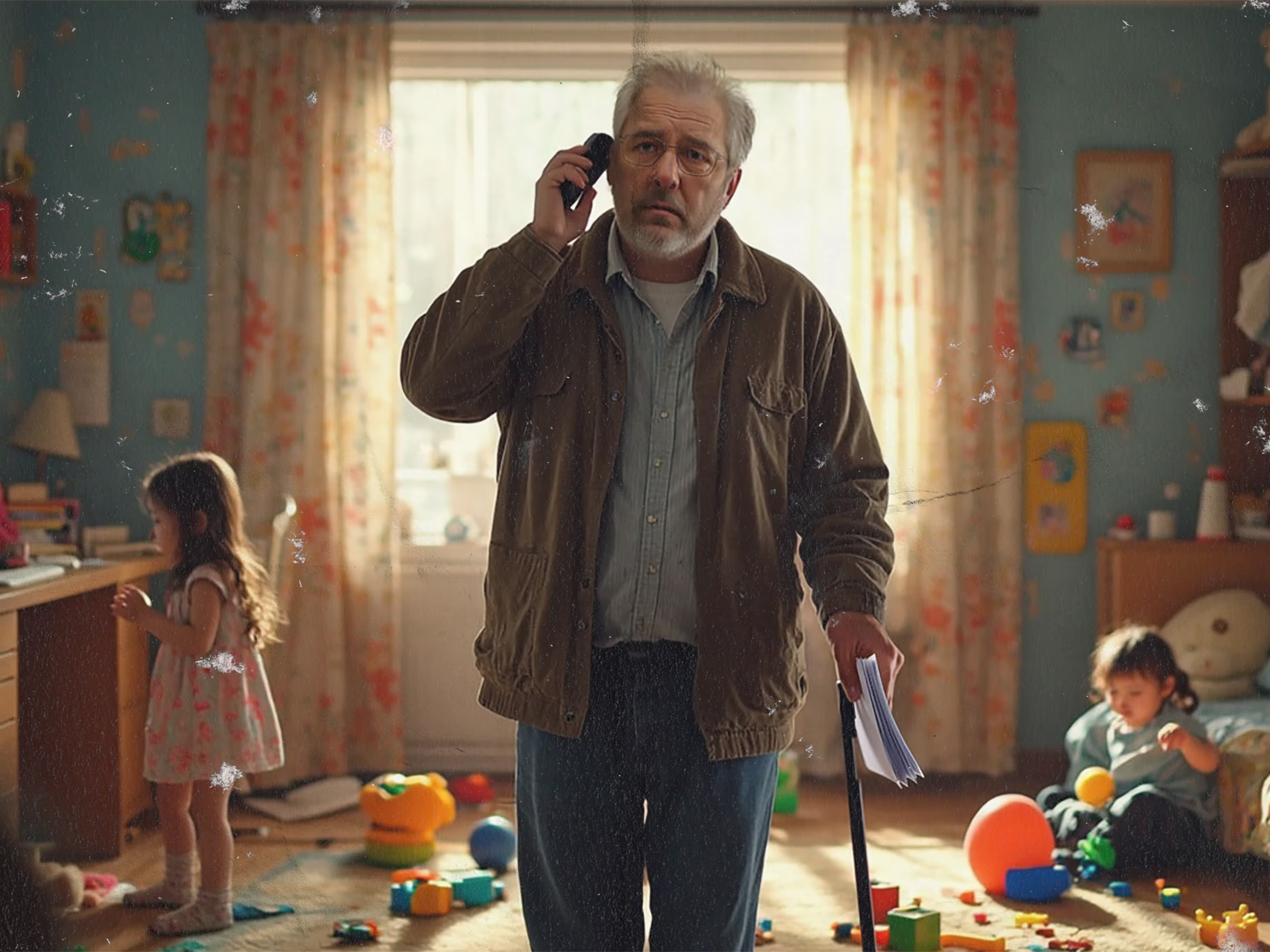
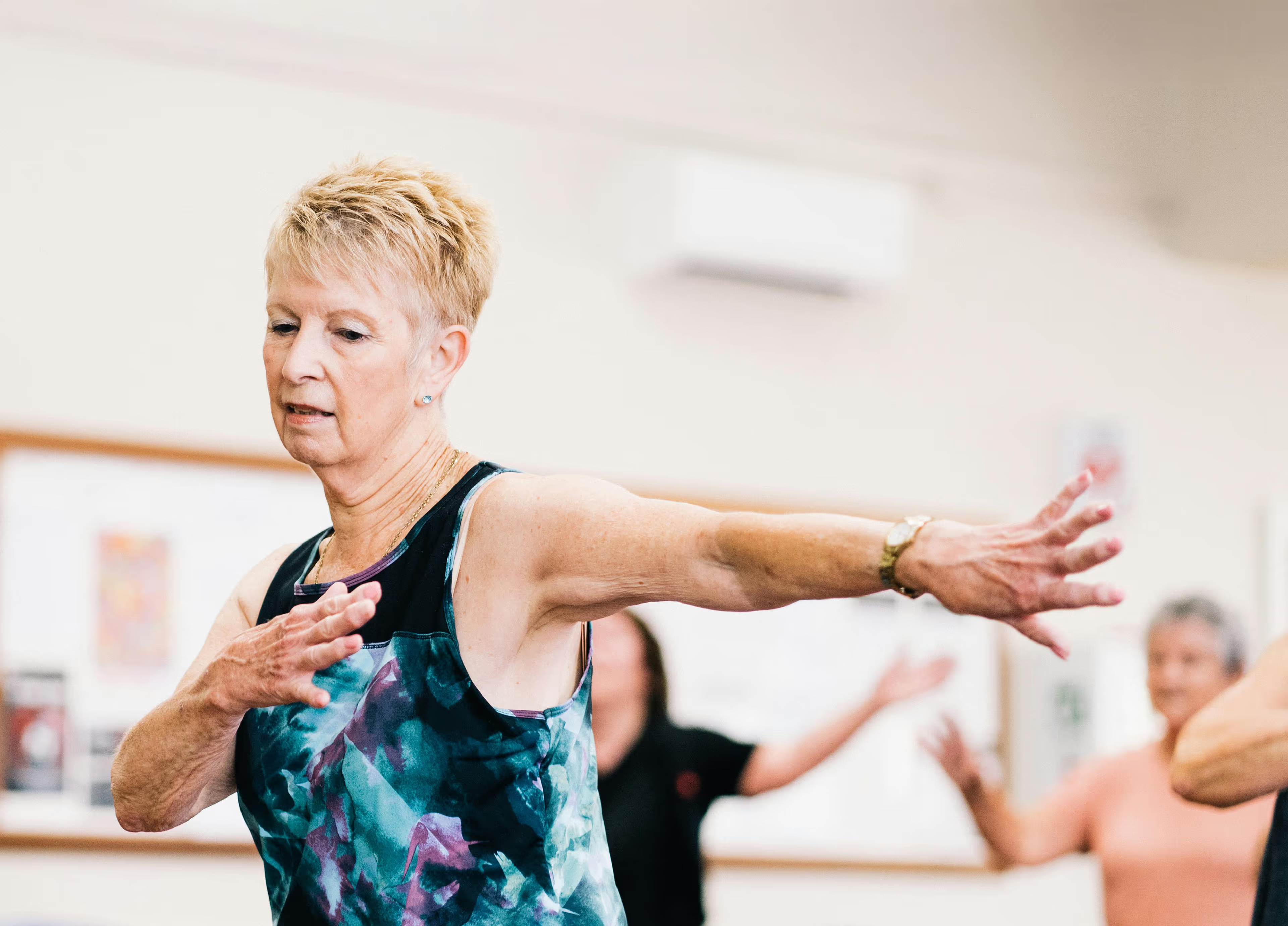
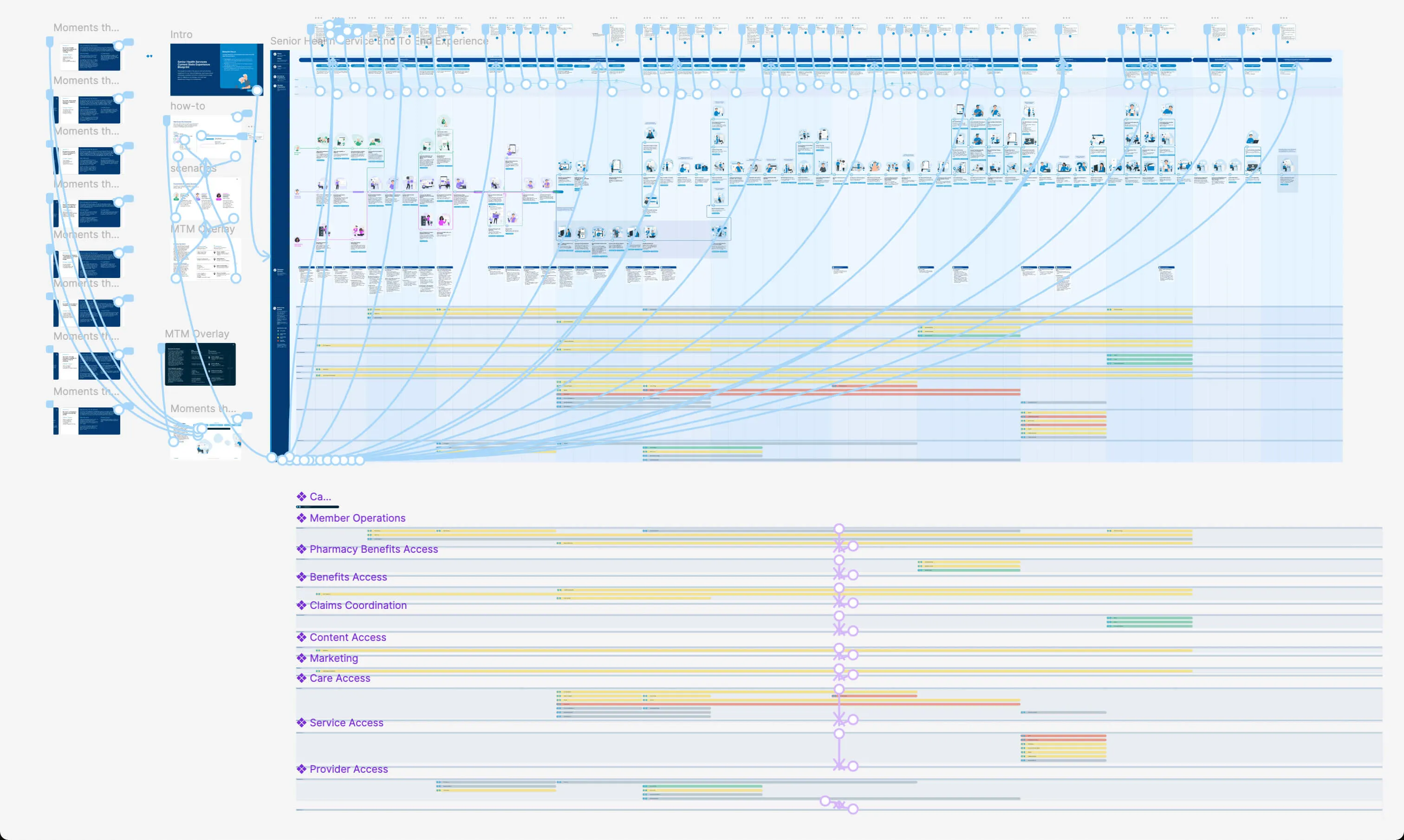
Over the course of research, I co-facilitated more than 200 empathy-led interviews, capturing thousands of notes across Word, Mural, and Dovetail. As a team, we used platforms like dScout, Human8, and User Interviews to host and import supplementary materials. Working closely with service designers, I synthesized these inputs to identify key themes and patterns—an experience that deepened my understanding of member sentiments and the complexities of healthcare workflows.
In-person workshops lent room for projecting live Figma prototypes and other material during co-creation. Where service designers led and facilitated these meetings, I coached stakeholders through unfamiliar tools and design decisions, yielding real-time feedback. Post-workshop surveys showed 93% of participants had a clear, shared understanding of top member challenges and approach to new tools—up 61 points from pre-session levels.
As we mapped several large-scale blueprints, it became clear that linear flows weren’t enough. Static and rigid, they couldn’t reflect the broader, interconnected relationships at play. Partnering with another visual designer, I experimented with interactive nodes in Figma, giving stakeholders the freedom to explore pathways on their own terms—an innovative shift from the way things had traditionally been done at BCBSM.
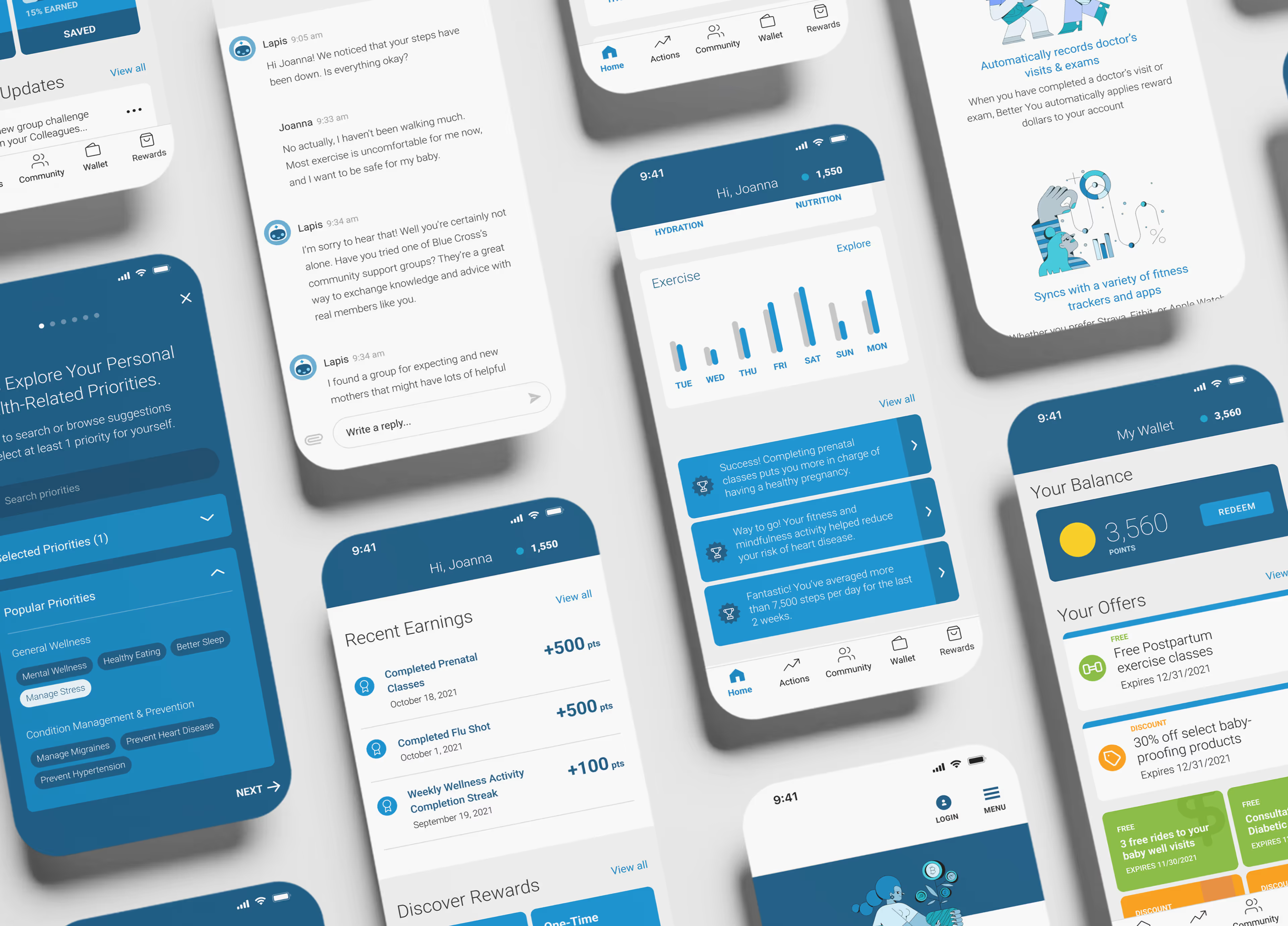

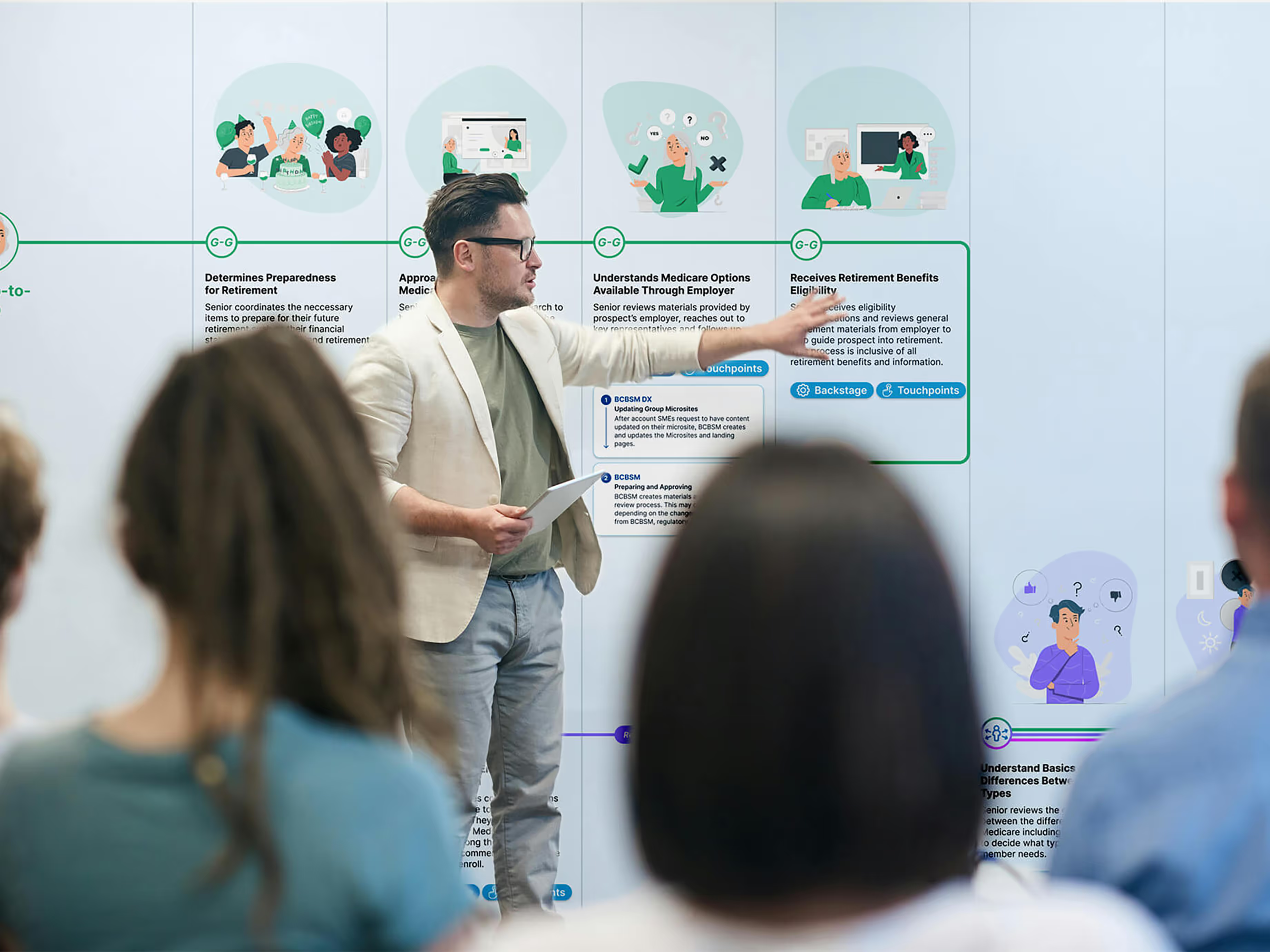
Expanded access to care, advanced equity in the member experience, and improved vendor outcomes by grounding stakeholder decisions in human-centered research.
Developed modular visual libraries across Figma, Mural, and Power Point–effectively cutting down production time for deliverables and project staffing.
Partnered across teams to co-lead 8 initiatives, successfully advancing 6 concepts to prototyping within weeks.
